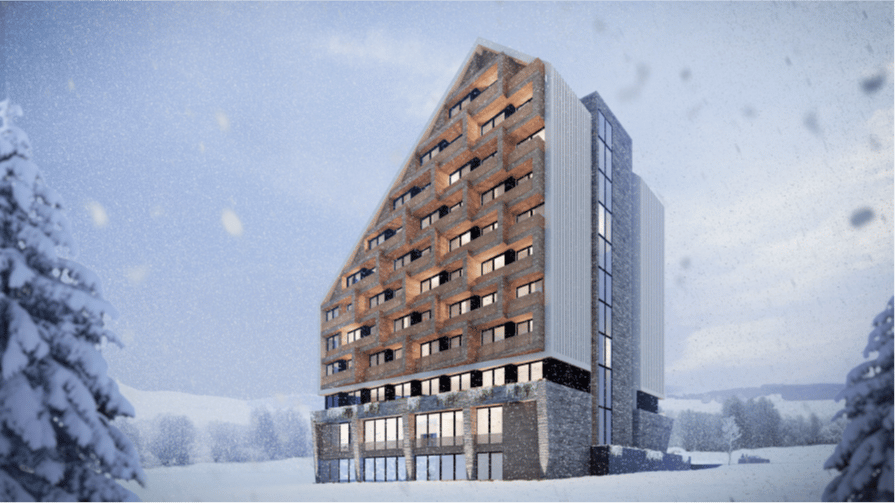An emerging country with significant economic potential
Between Central Europe and the Mediterranean world Serbia is located in the southeastern part of the Balkan Peninsula, with plateaus and mountains in the north and ski resorts in the south.
With historically shifting borders, Serbia has endured invasions from all sides, the most ardent colonisations, and near annihilation due to its position as a natural passageway between the West and East. The centuries-old struggle against the Turks has defined a whole people, resistant to models from elsewhere. The Orthodox faith and nationalism have been the refuge of the Serbian people. Its recent history has shown how, where three major religions (Orthodoxy, Islam, Catholicism) coexist, the scars of the past can resurface.
The turbulent past has given the country a profusion of monuments: high castles and monasteries buried in the folds of green valleys. These jewels, among the most beautiful in the Orthodox world, express the grandeur of medieval Serbia (12th-14th centuries).
Tourism is still underdeveloped and it is worth discovering these jewels of rare tranquillity under European skies. This is also true for the natural areas, in the mountain pastures and deep forests, along the wide curves of the Danube or on its banks wedged between high cliffs.
In this positive evolution, the nightlife of Belgrade, the historic capital, is not to be outdone and is worth a visit, as it is as lively as ever.
Tourism, a growing economic sector:
A temperate climate zone in Serbia determines the weather, with more or less pronounced characteristics depending on location, relief, the presence or absence of rivers, vegetation or urbanisation. The north of the country has a distinctly continental climate, with cold winters and hot, humid summers, while the south, closer to the Adriatic Sea, has hot, dry summers and relatively cold autumns and winters, with significant snowfall.
Serbia welcomed 446,000 tourists in 2020, ranking 134th in the world in absolute terms. It generated approximately EUR 1.24 billion in the tourism sector alone. In terms of the number of tourists per capita, Serbia ranked 136th in the world and 12th in Southern Europe, behind Portugal.
In terms of skiing, Serbia has 99 km of ski slopes, with 86 lifts providing access to the ski areas.
Steady economic growth
Serbia has been the most resilient country to the health crisis in the Western Balkans, with a limited decline in GDP.
Serbia’s economy is based primarily on services, which account for approximately 63% of GDP7.
In recent years, Serbia has experienced an increasingly rapid trend in foreign direct investment, including many multinationals such as US Steel, Philip Morris, Microsoft, Fiat, Lukoil, Coca-Cola, Gazprom, Lafarge, Siemens8,9.
Serbia’s average GDP growth over the past ten years was 4.45% per year13.
Real estate investment is still in its infancy in the field of second homes and, above all, luxury and prestige. They follow the progression of tourism.
On the other hand, they are increasingly important at the level of land, as cities such as Belgrade, which host international companies, have housing needs that lead to substantial rental yields. Yields are currently 8.50% for offices, 8.00% for shopping centres and 9.75% for industrial assets.


